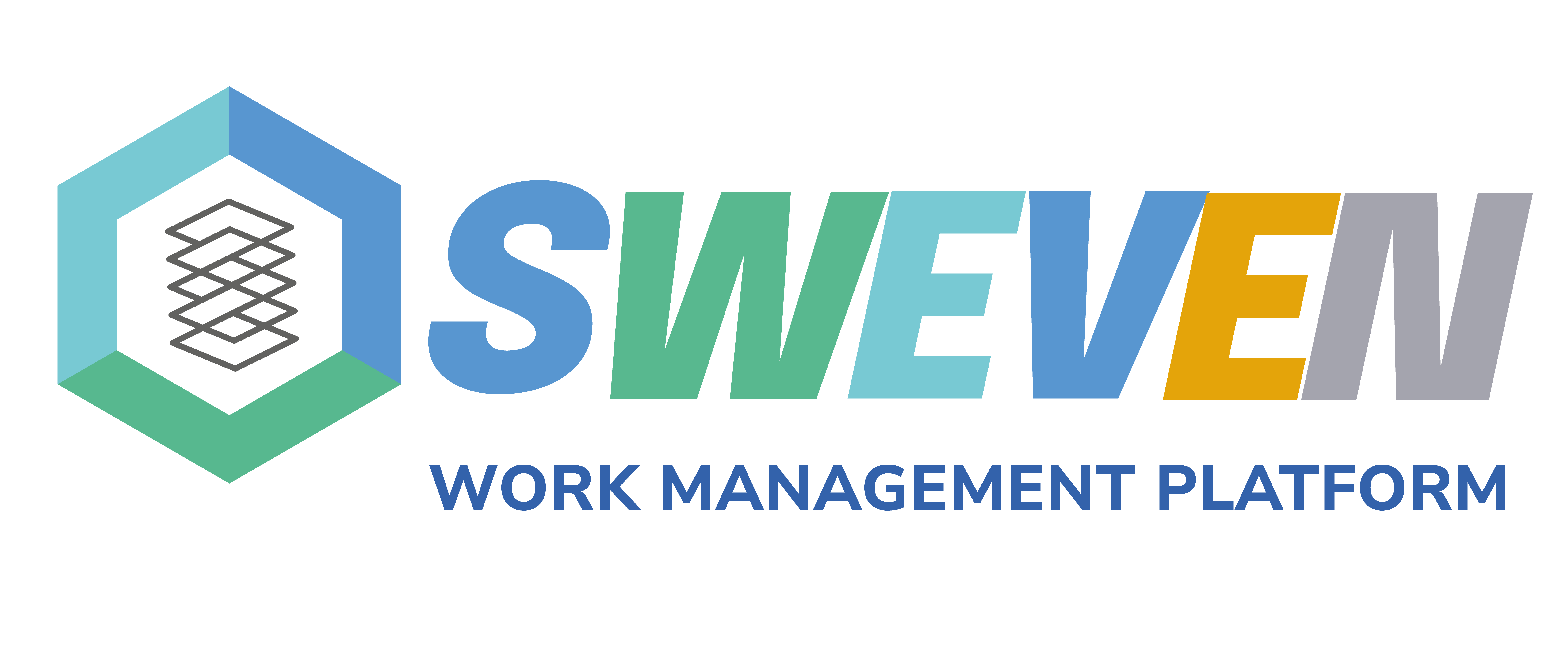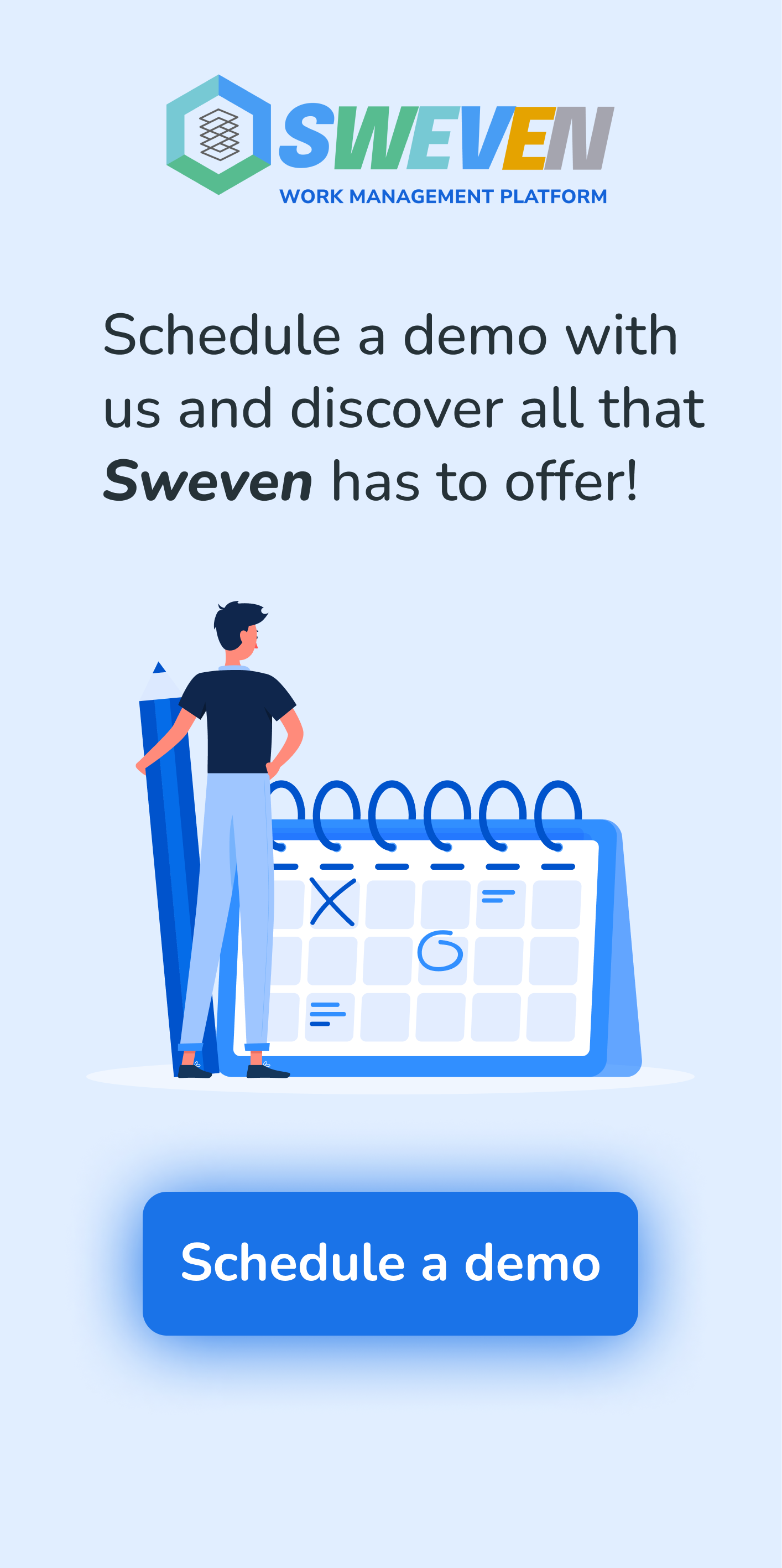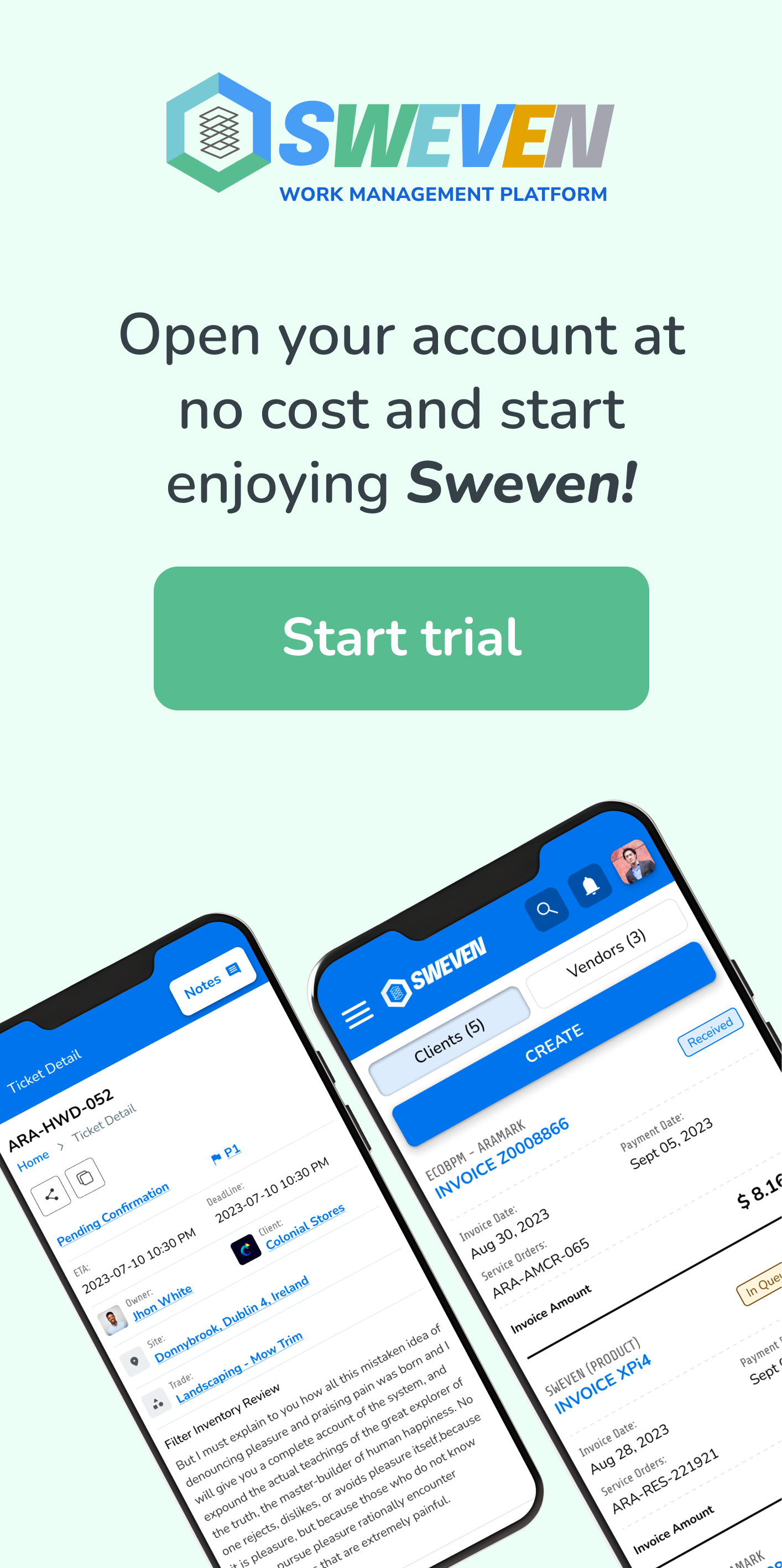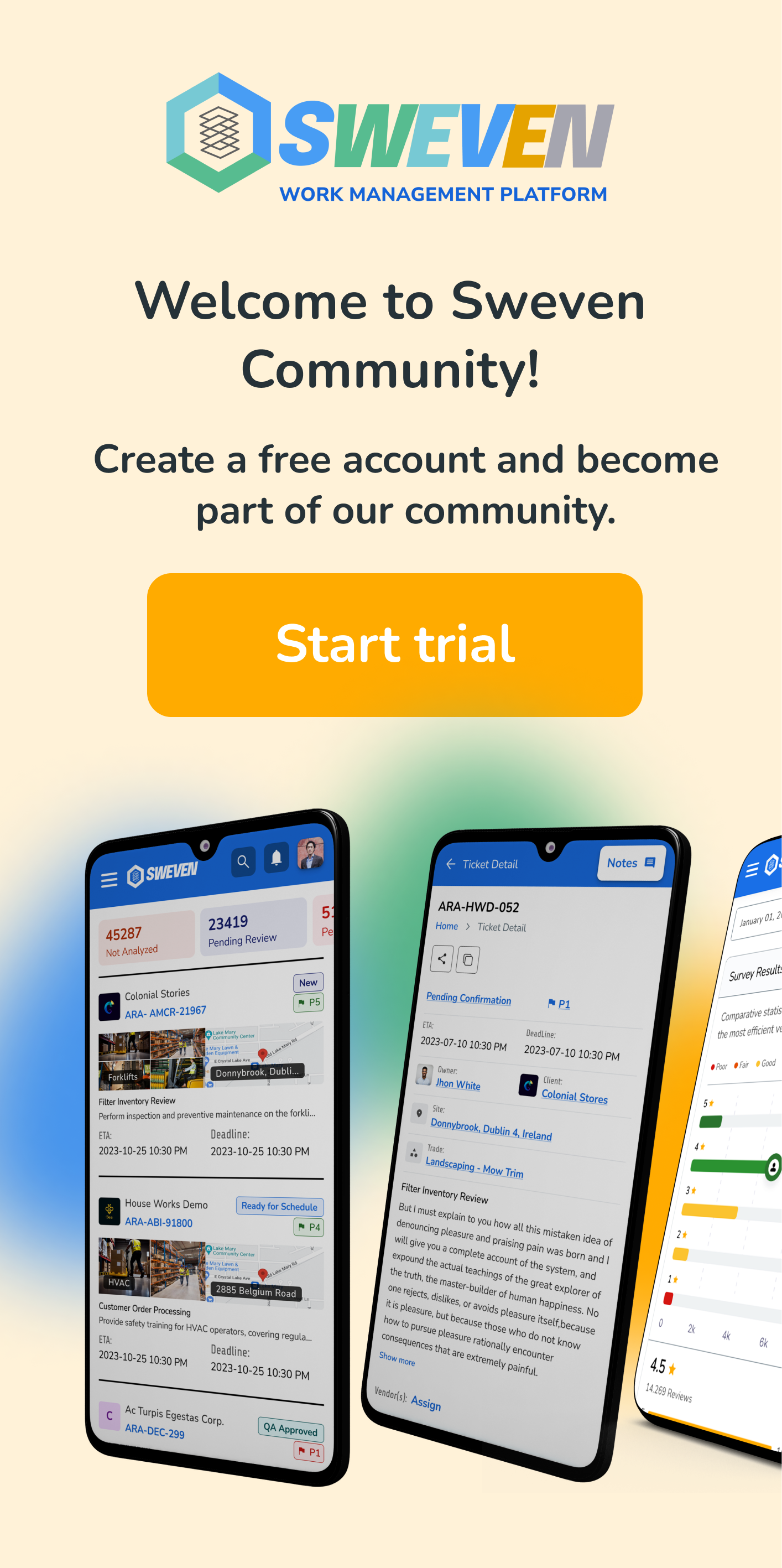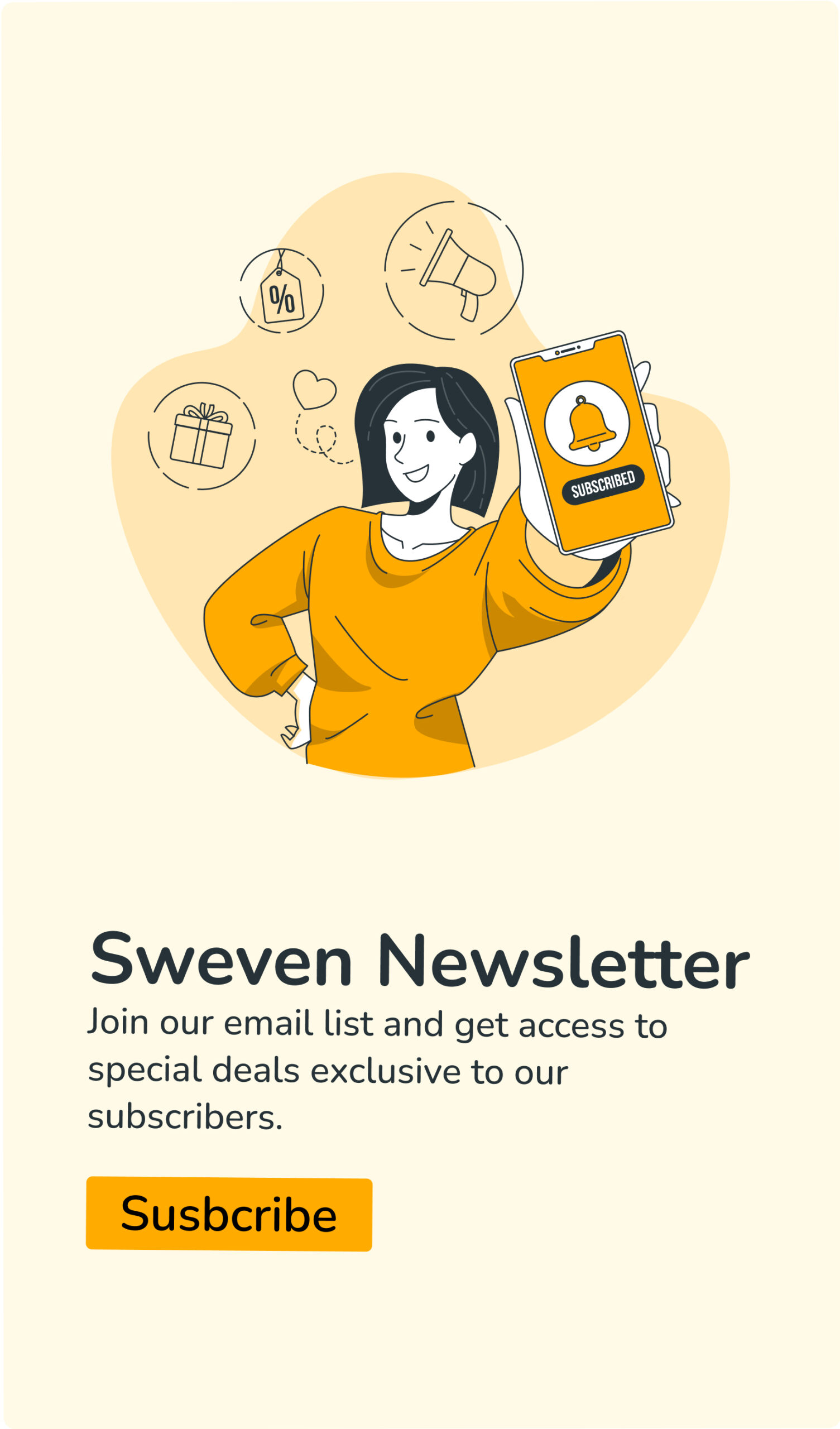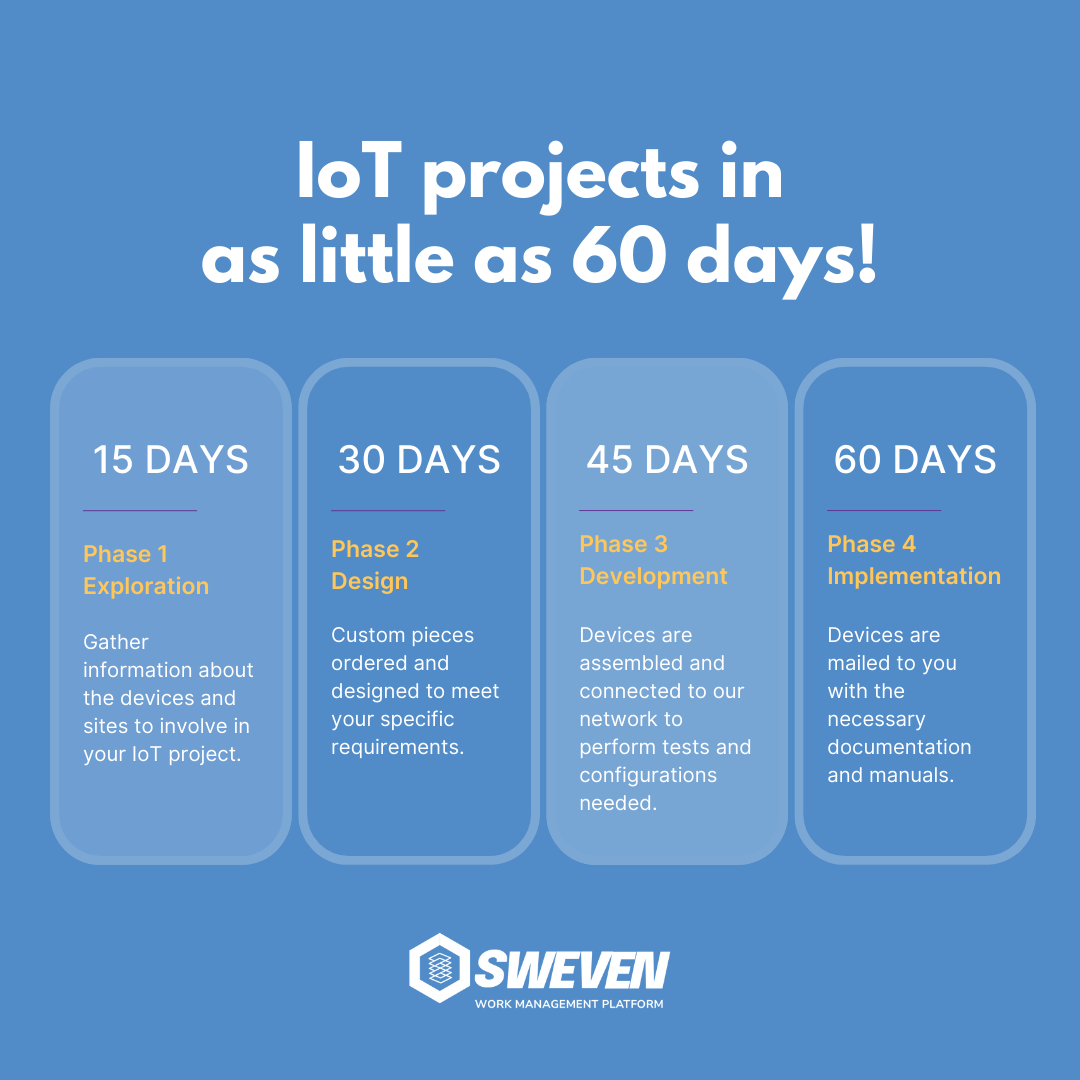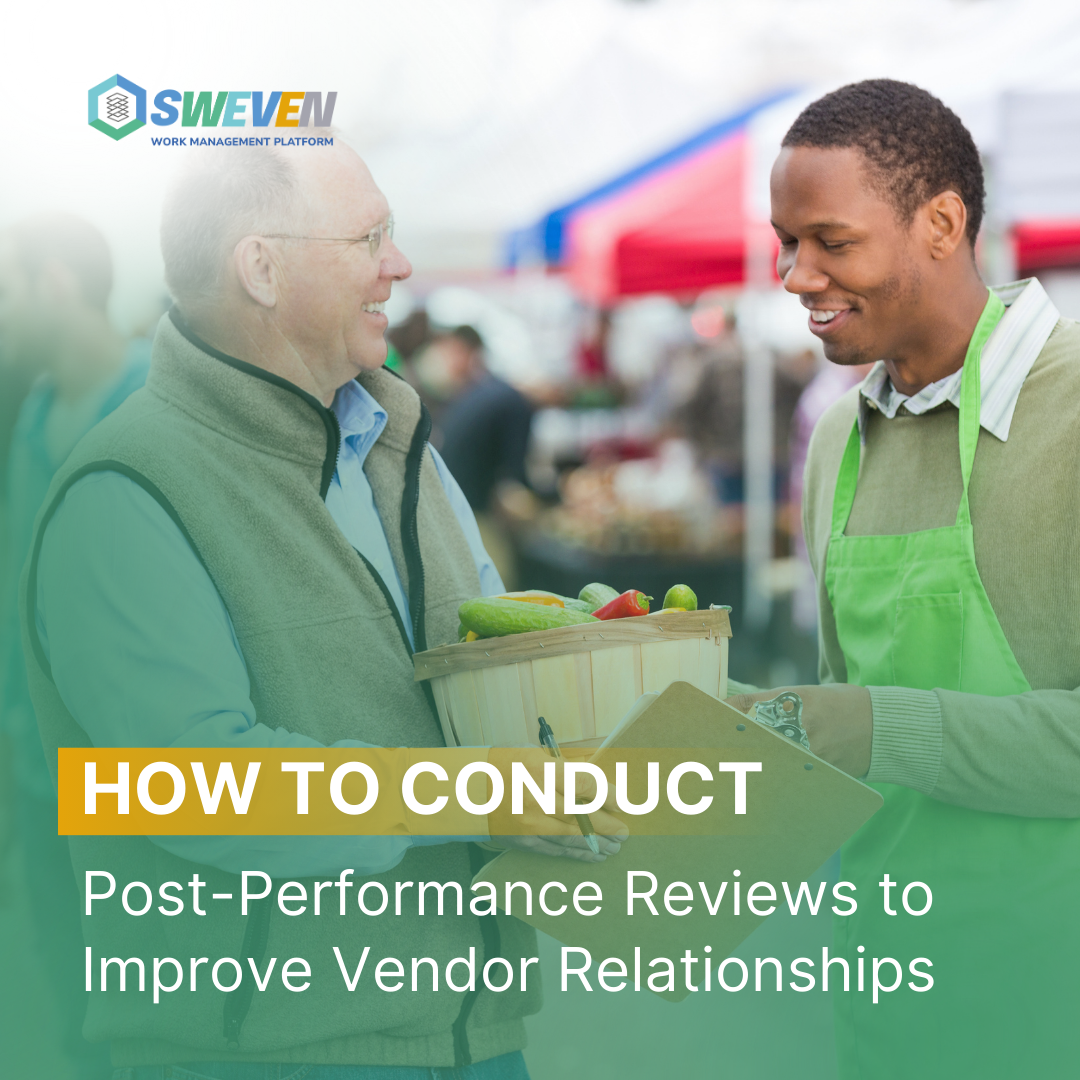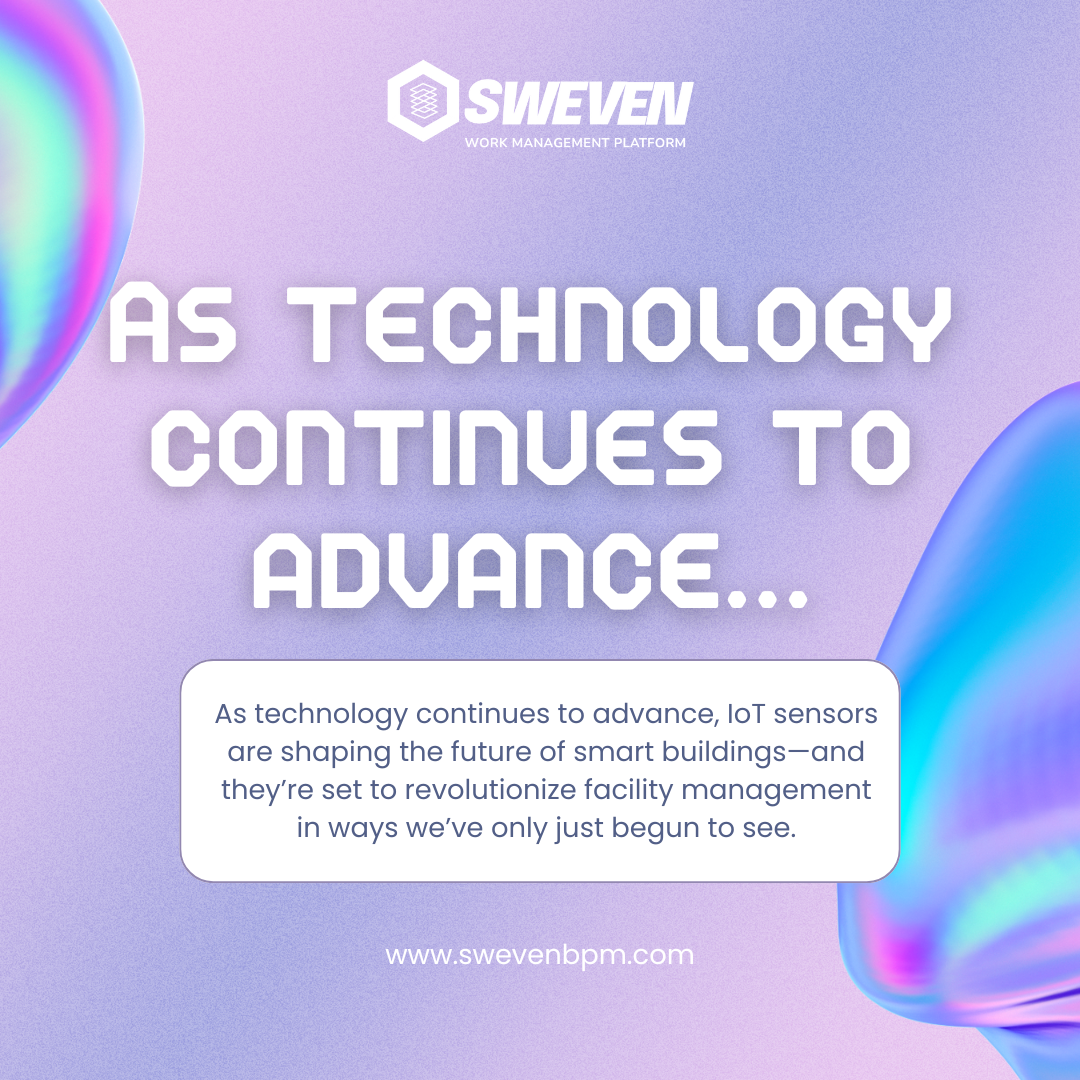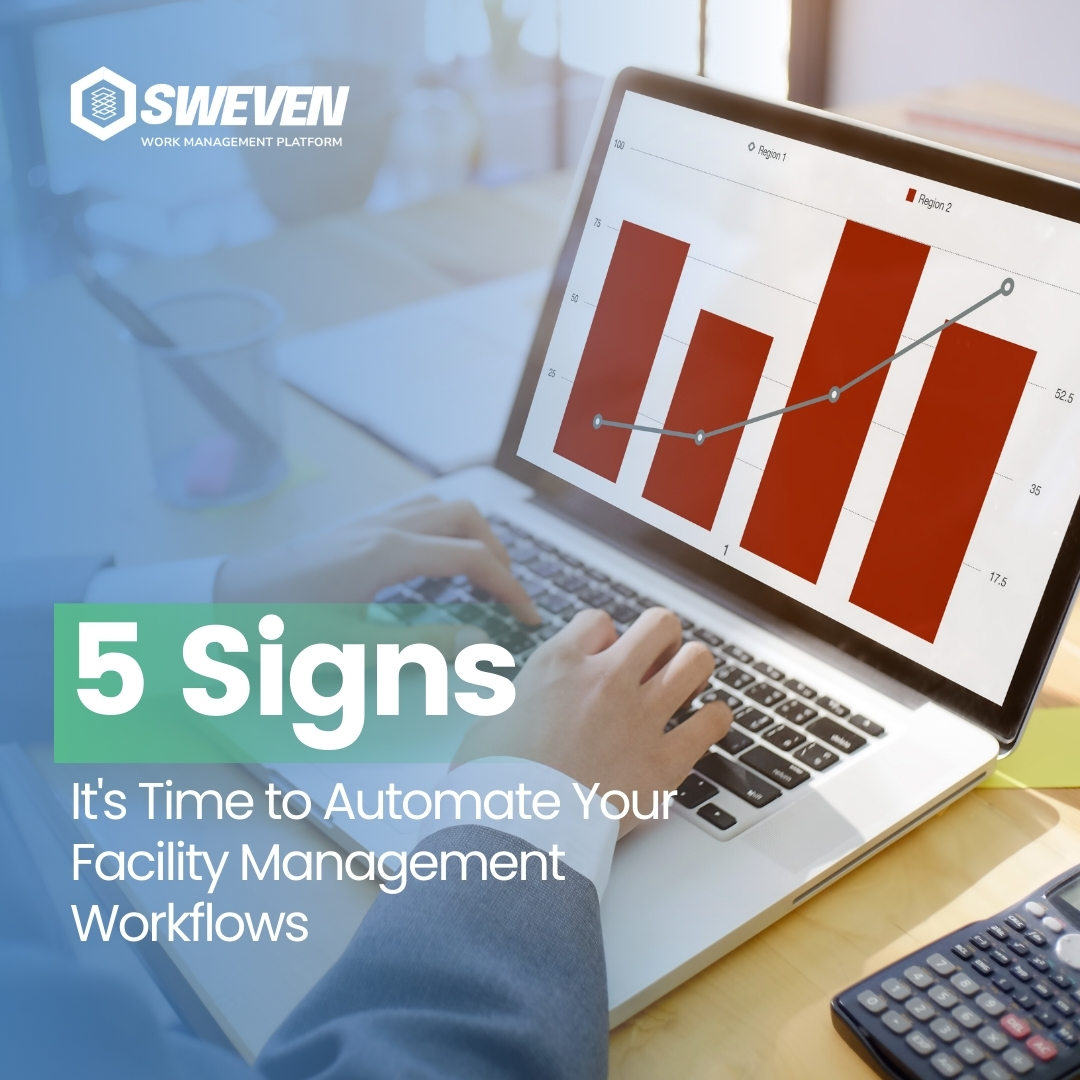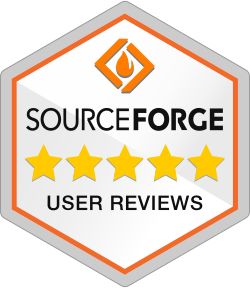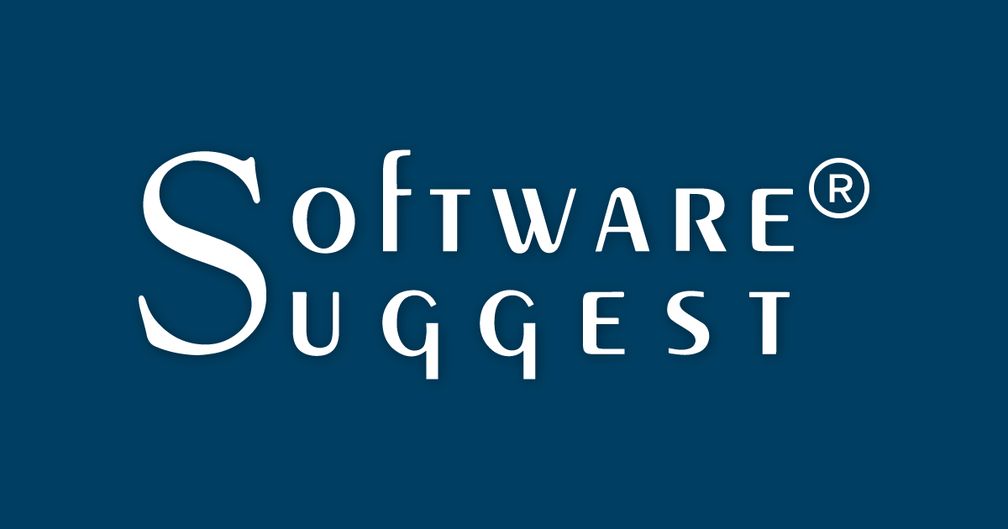IoT (Internet of Things) implies the integration of people, processes, and technology with connectable devices and sensors to enable remote monitoring, status, manipulation, and/or evaluation of trends of such devices.
Sweven IoT Benefits:
There are many benefits that a user or company can begin to enjoy when deciding to implement technologies like Sweven in their products, manufacturing systems, etc. The top five benefits of IoT:
1. Cost reduction: By streamlining operations, profitability, and personnel-energy efficiency increase. IoT devices can monitor equipment and minimize downtime, in addition to centralizing information.
2. Efficiency and productivity: Advanced analytics provide new insights to re-think traditional industries or find new business opportunities.
3. Business opportunities: advanced analytics provide new insights to re-think traditional industries or find new business opportunities.
4. Customer experience and Data Protection: Through IoT devices, front-end customer engagement and data protection can now be enhanced by centralizing the information, enabling more thorough security and privacy policies.
5. Mobility and agility: Companies now have the opportunity to allow their employees to do their work virtually anywhere.
IoT projects consist of the following phases:
Phase 1 Exploration: 15 days
Gather information about the devices and sites to involve in your IoT project.
Phase 2 Design: 30 days
Custom pieces are ordered and designed to meet your specific requirements.
Phase 3 Development: 45 days
Devices are assembled and connected to our network to perform tests and configurations needed.
Phase 4 Implementation: 60 days
Devices are mailed to you with the necessary documentation and manuals.
Where is IoT used?
By combining elements from embedded systems, wireless sensor networks, control systems, and automation (including home and building automation), the IoT offers limitless applications from everyday activities to medical or even agricultural precision tasks.
Wearables
Virtual glasses, fitness bands, GPS tracking belts, etc.
Health
Sensors connected to patients to improve care and prevention of lethal events in high-risk patients.
Smart Cities
Smart cities or smart cities are the places where the introduction of IoT applications is most noticeable. It is intended to solve problems that are currently affecting all cities in the world. The action points for applying the IoT are supply management, environmental quality, and traffic.
Traffic Monitoring
Management of vehicular traffic in large cities, contributing to the concept of smart cities using applications such as Waze and Google Maps.
Fleet Management
Helps with geolocation, performance analysis, telemetry control, and fuel economy.
Home Automation
Control of water quality in swimming pools (temperature and turbidity), control of parameters in aquariums, control of luminosity, temperature, electronic devices, kitchens, bedrooms, bathrooms, etc.
Gardening
The IoT can provide very valuable information in this regard, parameters that can identify deficiencies in plants for example. Automatic irrigation and even automated planting.
Energy Saving
The use of smart energy meters and the installation of sensors at different strategic points allows better monitoring and control of the electrical network.
Water Supply
A sensor, connected to water meters, and the Internet and helps to collect, process and analyze data to see the behavior of consumers, detection of failures in the supply service, etc.
Hospitality
The hospitality industry brings improvements in the quality of service, with the implementation of electronic keys, automated checkout process, control, supervising and managing centralized air conditioning equipment, control lighting, supervising refrigeration equipment, detection and misuse of the water, food warehouse monitoring, and maintenance monitoring.
Agriculture
A significant amount of data can be obtained on the state and stages of the soil, such as soil moisture, acidity level, presence of certain nutrients, temperature, luminosity, and other factors that can influence production. All of this makes it easier for farmers to predict and quantify each harvest before harvesting.
Livestock
Biometric monitoring of animals and their geolocation.
E-Commerce
Thanks to IoT applications, this is being transferred to retail stores. Above all, we can find it in shopping centers. Questions like How often does a customer come? What hours? What to buy? Where does it come from? How much time do you spend shopping? can be responded to with sensors.
Maintenance Management
More extensive use and real-time monitoring of physical assets allow for determining preventive or corrective maintenance.

